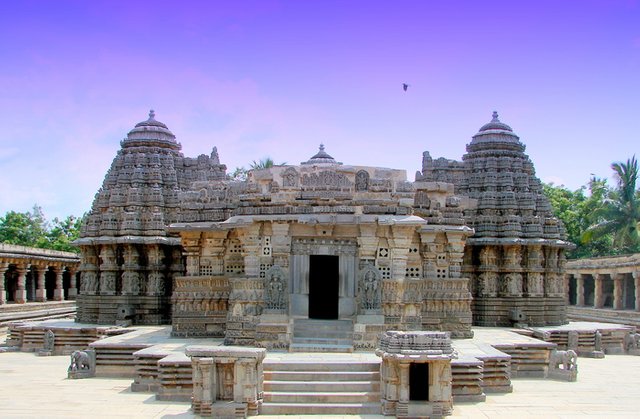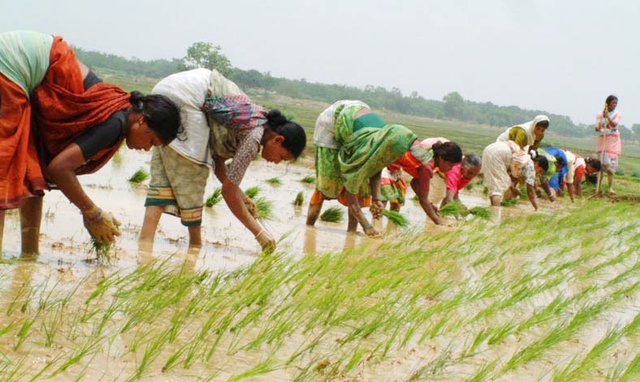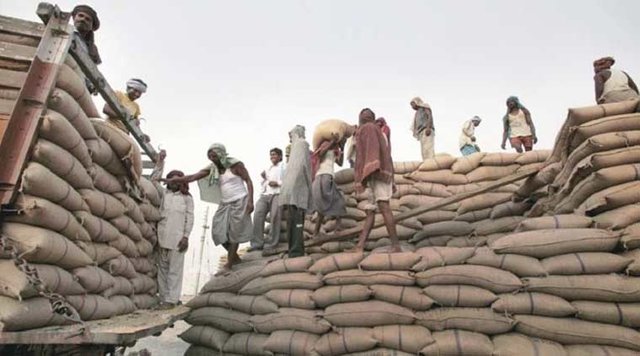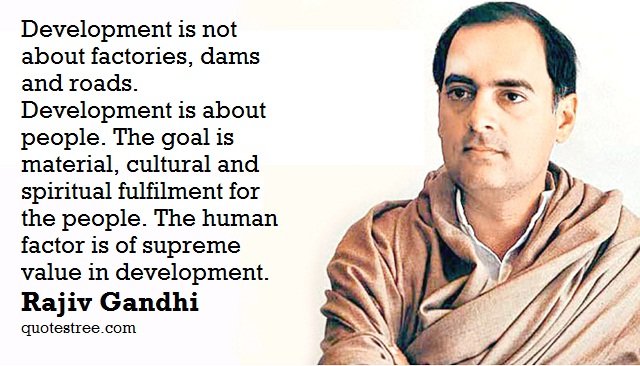A Good Understanding On The Indian Scene Perspective
A Good Understanding On The Indian Scene Perspective

Image Source
The endless assortment is striking, often indiscernible. Outfit, speech, the physical appearance of the people, customs, standards of living, climate, food, geographical highlights all offer the best conceivable contrasts. Wealthier Indians might be wearing full European style, or in ensembles that show Muslim impact, or in flowing and expensive robes of many diverse colorful Indian sorts. At the lower end of the social scale are different Indians in clothes, practically stripped yet for a small loincloth. There is no national language, a dozen languages and scripts show up on the ten-rupee currency note. There is no Indian race.
There is no run of the mill Indian diet, yet more vegetables, rice, and spices are eaten than in Europe. The north Indian finds southern food unpalatable, and then again. A few people won't touch fish, meat, or eggs, many would starve to death as opposed to eat beef, while others watch no such limitations. These dietary conventions are not matters of taste but rather of religion. In climate additionally the country offers the full range.
Never-ending snows in the Himalayas, north European climate in Kasmir, hot deserts in Rajasthan, basalt edges and granite mountains on the promontory, tropical warmth at the southern tip, thick woodlands in laterite soil along the western scarp. A 2000 mile long coastline, the immense Gangetic waterway system in a wide and rich alluvial bowl, other extraordinary streams of lesser multifaceted nature, a couple of significant lakes, the bogs of Cutch and Orissa, finish the sub-mainland picture.
Cultural contrasts between Indians even in a similar province, locale, or city are as wide as the physical contrasts between the different parts of the country. Present day India produced an exceptional figure of world literature in Tagore. Inside simple reach of Tagore's final habitation might be discovered Santals and other unskilled primitive peoples still uninformed of Tagore's existence. Some of them are not really out of the food-gathering stage.

Image Source
A forcing present day city building, for example, a government office, bank, industrial facility, or scientific organization may have been outlined by some European draftsman or by his Indian understudy. The pathetic workmen who actually fabricated it generally utilize the crudest tools. Their installment may be made in a lump sum to a foreman who happens to be the head of their small society and the leader of their family in the meantime. Unquestionably these workmen can once in a while get a handle on the nature of the work done by the people for whom the structures were raised.
Finance, bureaucratic organization, entangled machine production in an industrial facility, are past the mental reach of human beings who have lived in wretchedness on the margin of over developed lands. The majority of them have been driven by starvation conditions in the wilderness to wind up noticeably the least expensive form of day laborer labor in the city. However regardless of this evident assorted variety, there is a twofold solidarity.
There are sure common highlights because of the ruling class. The class is the Indian bourgeoisie, isolated by language, local history, yet in any case assembled by likeness of interests into two segments. Finance and mechanized processing plant production are in the hands of the genuine capitalist bourgeoisie. Dissemination of the item is ruled principally by the bourgeois class of businesspeople, formidable by reason of their extensive number.
Food production is overwhelmingly on small plots. The need of paying cash for taxes and production line goods powers the laborer into a hesitant and rather in reverse wing of the unimportant bourgeoisie. The normal agrarian surplus is likewise in the hands of middlemen and moneylenders who don't generally ascend into the enormous bourgeoisie. The division between the wealthiest workers and moneylenders isn't sharp.

Image Source
There are cash crops like coffee, tea, cotton, jute, tobacco, cashew, sugarcane, peanuts, coconuts and others attached to the international market or to processing plant production. These are here and there developed by current capitalist proprietors by mechanized procedures on expansive plots of land. High finance, often foreign, decides their prices and skims off the principle benefit. Then again, an impressive volume of consumer goods, especially utensils and textiles, is still produced by workmanship methods and has survived rivalry with processing plant production.
The political scene is commanded completely by these two segments of the bourgeoisie, with a class of professional and clerical workers as the associating join with the governing bodies and the machinery of organization. We should note that, for historical reasons, the government is likewise the best single business person in India. Its assets as a huge capitalist equivalent those of all private Indian capitalists together, however amassed specifically sorts of investments.
Air services, railways, telepgraphs and posts,telephone and radio, a few banks, protection industries, and life insurance, are completely in the hands of the state, as to some extent are the production of electricity and coal. Oil wells are state possessed. The major oil refineries are still in the hands of foreign companies, however state refineries will soon be in full production. Steel was generally in private ownership, however the state has started its own huge scale iron and steel production.
The state does not produce food. At the point when shortages threaten to drive shabby labor out of the urban communities the state conveys imported grain by apportioning in the major mechanical focuses. This fulfills both the extensive and the trivial bourgeoisie without meddling with the benefits of either. The undeniable cure and stabilizer for the questionable food circumstance is gather agricultural taxes in kind, with capacity and circulation of food successfully in the hands of the government.

Image Source
The imported grain is neither emptied by proficient suction pumps nor put away in present day grain elevators, nor even mechanically cleaned. The production of consumer goods is in private hands. State obstruction is vital even here for two reasons. First, without it the economy would be broken by unlimited eagerness and uncontrolled production, especially the same number of raw materials and all machinery must be imported against rare foreign trade.
Secondly, the bourgeoisie came to power with full information of the economics of shortage, of controlled production and the black market, got the hang of amid the deficiencies caused by the two world wars.These wars and deficiencies were the reason for capital gathering and at last of the exchange of power from British to Indian hands. The state, for instance, is presently being compelled to end up noticeably an extensive scale monopolist producer of antibiotics and drugs, a field where private endeavor demonstrated its voracity and hatred for human welfare in the deadliest mold.
The government, by practicing its directing functions and by arranging future improvement, appears to remain most importantly classes. The organization and best administration acquired from British rule dependably acted and viewed itself as over any Indian. The government in the final examination is manned only by individuals from one class. In this way what and how the government controls depends likewise upon who controls the government.
Border incidents with China empowered the central state authority to assume exceptional authoritarian powers which could bring socialism or some other objective quickly inside sight. Assuming, at that point, the country ends up as far away as ever from socialism, there might be some ground for the mockery that the road isn't being gone the correct way. All things considered, the most bellyaching of faultfinders must concede that there has been advance since independence, regardless of the amount more could and ought to have been accomplished.

Image Source

Reference:
The Culture and Civilisation of Ancient India in Historical Outline
By: D. D. Kosambi
fascinating article and beautiful views
I remember the subject we had in college which was Contemporary South Asia, wherein India geographically belongs to. It is a member of SAARC (South Asian Association of Regional Cooperation). I find it amusing how vast the culture of India and how colorful its history was withnits neighbor especially with Pakistan. I've personally met thm during a convention and their dialect varies from one region to the other. To add, because of its huge land mass and population, it has been considered as Sub-continent. They had also been competing with Philippines in terms of BPO.
I just want to emphasize because most people got this wrong. Buddhism originared from India (and a lot thought it came from China)
i love india <3